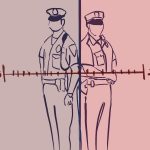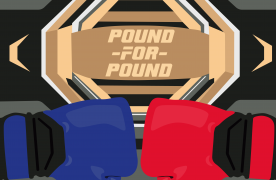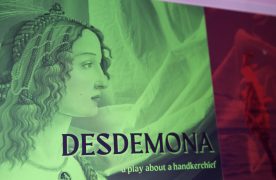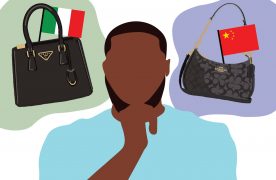Science has finally found a way to brainwash children for the better. Three researchers found that students did a better job listening to anti-bullying messages when influential students spread the messages, CNN reported. The study looked at 24,191 students from 56 New Jersey middle schools.
To find out each school’s most influential students, researchers distributed a class roster to the students and asked them to pick the top 10 peers they would enjoy spending the most time with. Middle schoolers also filled out a questionnaire to gauge their attitudes and knowledge regarding conflict resolution.
Trained researchers then met with the most popularly selected students and encouraged them to promote general anti-conflict messages among their peers. The chosen students were told to spread an anti-conflict hashtag and give out wristbands to peers who demonstrated anti-conflict behavior. By the end of the study, the wristbands had spread across the student body.
The schools that targeted the most popular students had their numbers of reported student conflicts reduced by 30 percent. At the end of the study, students also demonstrated that they were more informed about conflict resolution and mediation on a post-experiment questionnaire.
When taken out of context, the study sounds like the premise of a Disney Channel Original Movie — a school’s administration recognizes a school-wide epidemic and joins forces with the school’s most popular students to fight it. In reality, however, the administration is validating the school’s inherent social structure by choosing students everyone wants to hang out with.
The administration is essentially isolating students in the top social tier and telling them to spread a message. The students may not have recognized their influence, but being recruited to a select group could only have inflated their egos. And that’s the last thing so-called “popular” preteens need.
It’s very unlikely that this practice could be applied outside of a middle school. The world isn’t just a continuation of a clique-ruled institution. It’s more complex than that. There are plenty of influential people preaching peace in the world, yet people still fight each other everyday.
The closest thing the adult world has to this is the celebrity-assisted “It’s On Us” PSA campaign. This study is a G-rated version, for better or worse. But instead of Jon Hamm schooling us on sexual assault, it’s “Mikey with the Xbox One” telling other children not to fight each other.
It’s difficult to extend the study past its sample. Students from affluent schools don’t always think the same way as students from inner-city schools. Though this study includes reports from 30 New Jersey schools, the data can only apply to that specific school group. There’s no way to know how this experiment would have played out outside of New Jersey.
At the wrong school, this procedure could be absolutely destructive — especially if the most popular students happened to be bullies themselves. The researchers were lucky that the selected students didn’t treat their mission as a joke.
To the students, the message doesn’t matter as much as the sender. Though they retained the information from their influential peers, there’s no telling how much students actually knew about this experiment. The same message would have been met with ridicule and eye rolls if it were presented in a textbook. Maybe we should also teach students not to look to others for what to think.
This procedure to be done right if it’s to be done in the future. If this method is to succeed, it should be tailored to each school, however unnerving that may sound. The idea of using people as vehicles to disperse a message sounds a little too Utopian. But if it’s not the usual preteen message of hatred, then it can’t be all bad, even if the method was a little sketchy.














True, although I don’t think It’s On Us has the same problem (popularity isn’t as much a fixture for adults…usually).